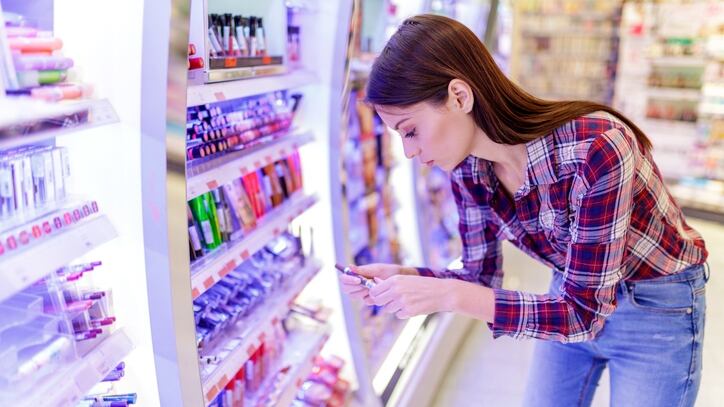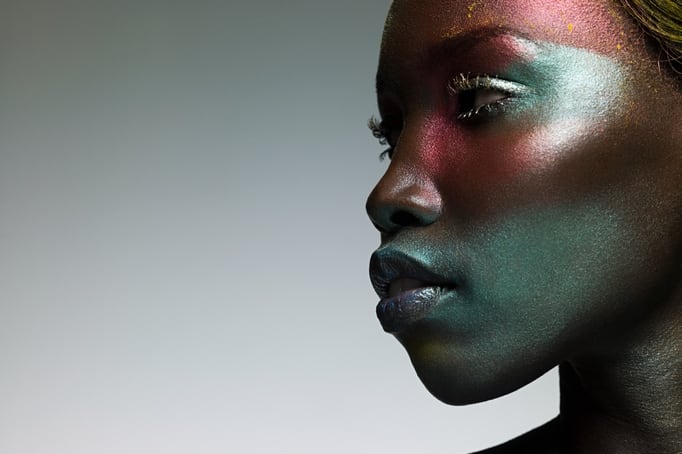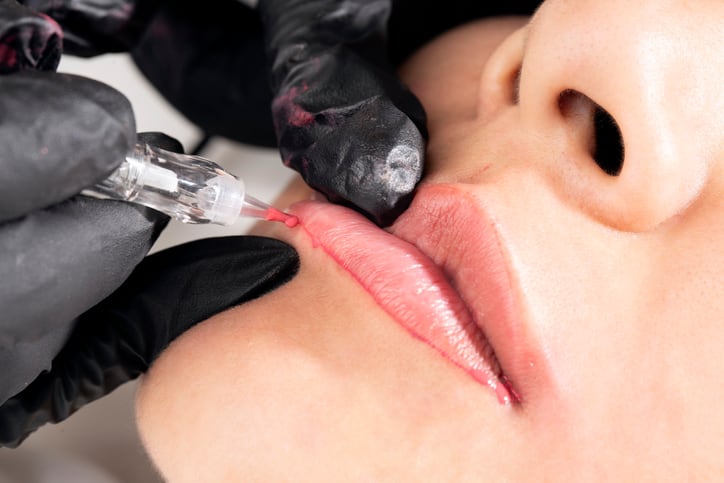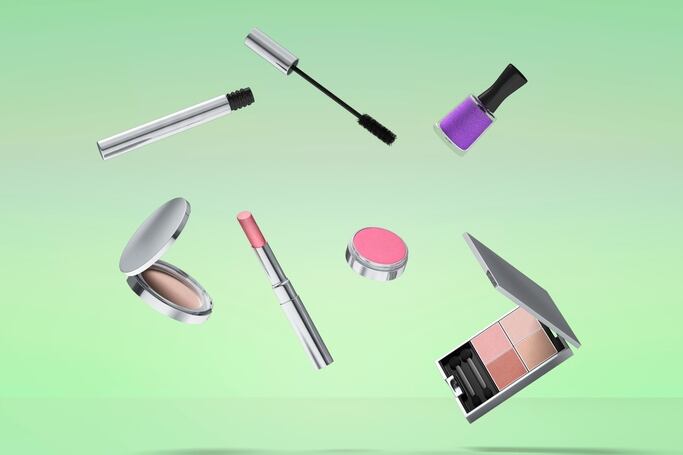After the pandemic, brands are readjusting, integrating more technology and DTC retail, and are adjusting to new consumer interests. Issues like sustainability are also opening up new white spaces in the market.
Catch up on what is happening in the world of consumer brands with these CosmeticsDesign articles.
Balancing growth and retention: What One Rockwell says can be learned from Glossier layoffs
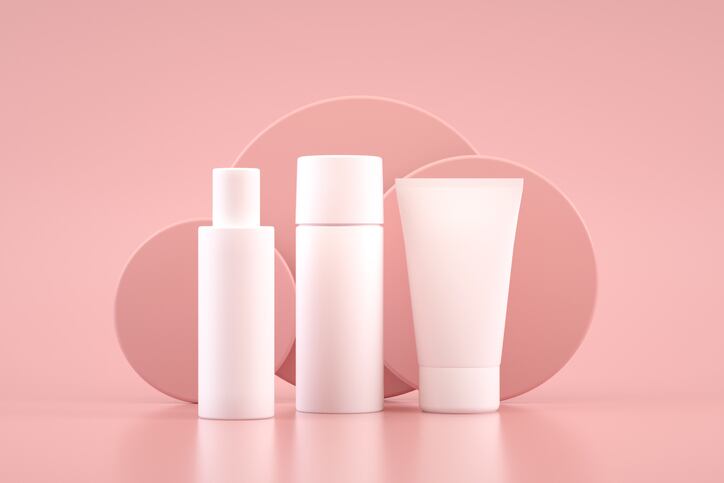
The DTC personal care market has evolved rapidly and the recent layoffs by Glossier can teach the industry how a brand can misstep and what to know going forward, says One Rockwell.
Early in 2022, well-known beauty brand Glossier announced it would be laying off around one-third of its employees, and CEO of e-commerce consulting company One Rockwell Shelly Socol told CosmeticsDesign this might be an example of a well-intentioned company pursuing growth and acquisition too aggressively.
Socol said it’s important to remember Glossier’s story of success, having been founded as a DTC brand in 2014 by current CEO Emily Weiss after transitioning from a blog. At the time, Glossier was effective in developing a brand around what its customers needed and efficiently used Instagram, Socol said.
As the DTC market grew and investors and multinationals became more interested in “the next big thing” brands like Glossier, Socol said the brand likely felt more pressure to create acquisition and growth.
"Acknowledging men’s uniqueness": Schick rebrands to meet consumers where they are
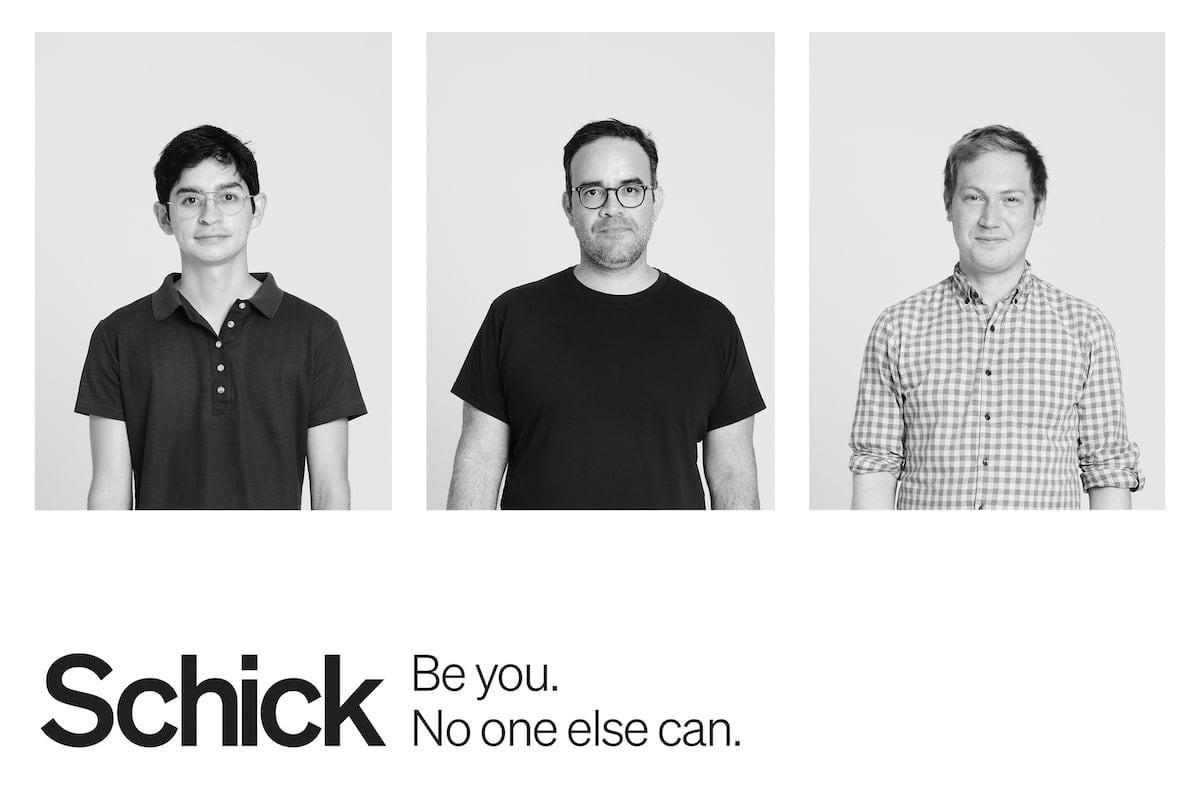
Q&A
Shaving company Schick launched a rebrand in March focused around showing a wider variety of men, minimalist design and user-generated consumer stories on social media. CosmeticsDesign interviewed Matt Bell, senior vice president of North America at Edgewell Personal Care, about the rebrand and overall repositioning.
Tell me a bit about the packaging and website redesign and what inspired it.
Our redesign was just one part of our overarching new brand positioning around celebrating individuality and self-expression and was designed to encourage men to embrace their truest, most authentic selves. We wanted Schick’s packaging and website to complement the spirit of our brand evolution.
The bold, minimalist design choices reflect the extraordinary within the ordinary that we uncovered in speaking with real men and highlighted within our “Be you. No one else can.” ad spots. Further, our modern packaging clearly communicates product benefits to help men find the tools that meet their unique needs.
P&G Ouai acquisition is part of larger multinational move to fill portfolio gaps, says Euromonitor

Tis the season for brand acquisition before the New Year, and a research analyst at Euromonitor says P&G’s acquisition of Ouai is part of a larger trend of multinationals absorbing cult-favorite indie brands.
The multinational’s acquisition of hair care brand turned full personal care brand, founded by celebrity hairstylist Jen Atkin, comes with a wave of other indie acquisitions, like P&G’s acquisition of skincare brand Farmacy, L’Oreal’s acquisition of skincare brand Youth to the People and Edgewell’s acquisition of razor brand Billie.
Euromonitor research analyst Irene Chang said the Ouai acquisition is indicative of P&G’s need to move into the mass-stige and premium hair care space, while most of their portfolio is in the mass market space.
Consumers, particularly millennials and gen-z consumers, have demonstrated their willingness to invest in premium hair care products and purchase treatments and other products which are part of the “skinification of hair care.” The mass-market brands which make up P&G’s current portfolio aren’t able to fully serve those consumers, Chang said.
"Taking a proactive approach": O Positiv co-founder on new skin supplement, ingestible beauty
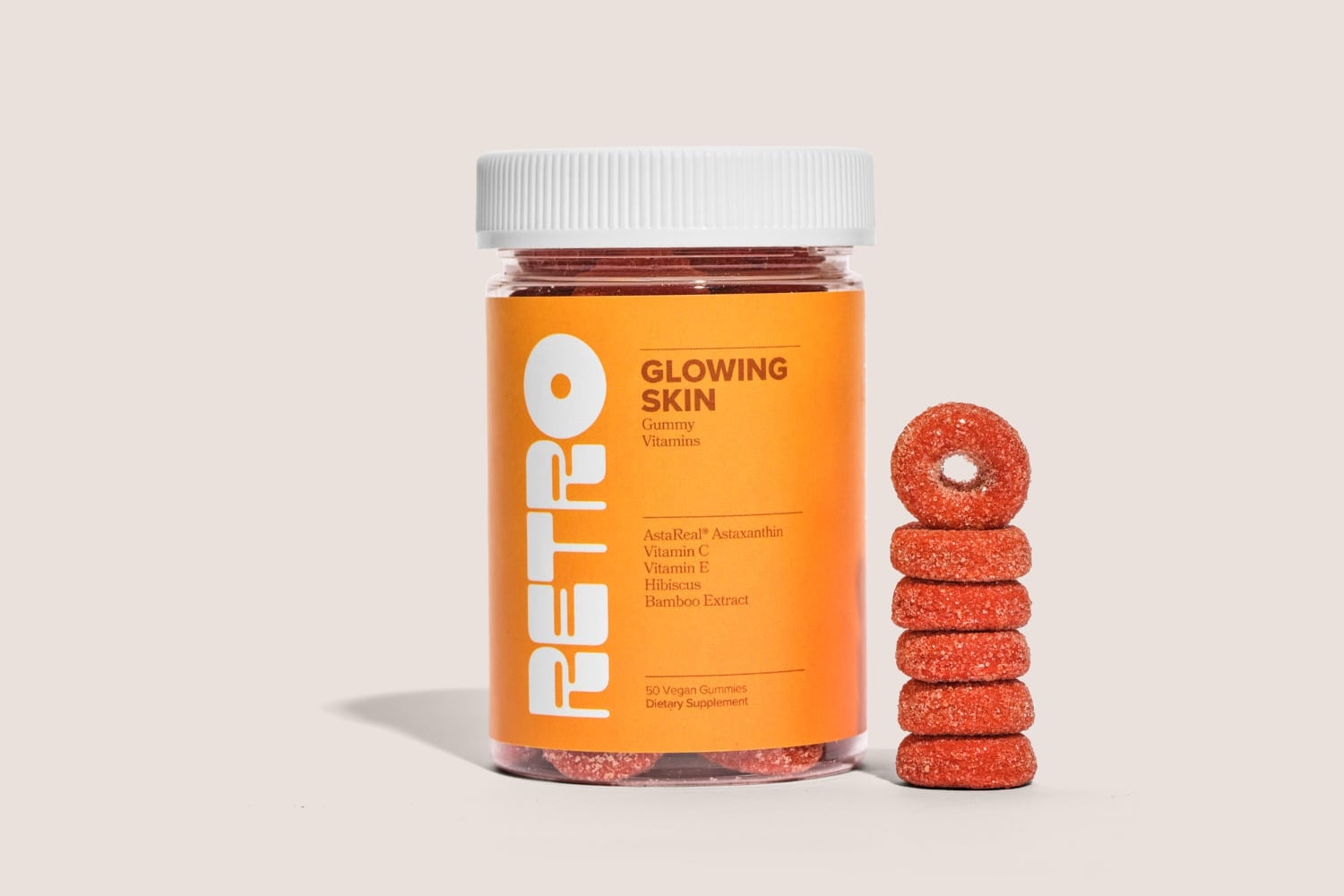
Q&A
O Positiv launched their PMS-focused supplement, Flo, in 2018 and this year introduced their skin supplement Retro. CosmeticsDesign sat down with co-founder Bobby Bitton about launching into the ingestible beauty space.
How would you define ingestible beauty within your company?
We're new to ingestible beauty. Coming off of our first product, Flo, which was a vitamin for PMS and menstrual health, we were really excited because one of the biggest reasons people took Flo was for skin health.
A lot of our customers suffer from hormonal acne, we wanted to really double down on that. We came about it in a roundabout way, because we saw people were taking care of their acne, not with topicals but by taking Flo.
Coming off of listening to our customers, seeing how they approached their hormone health … ingestible beauty to me is something that's taking a proactive approach, instead of a reactive approach.
Refill revolution: Trestique brings refillable, one-stop makeup routine to promote repeat buys
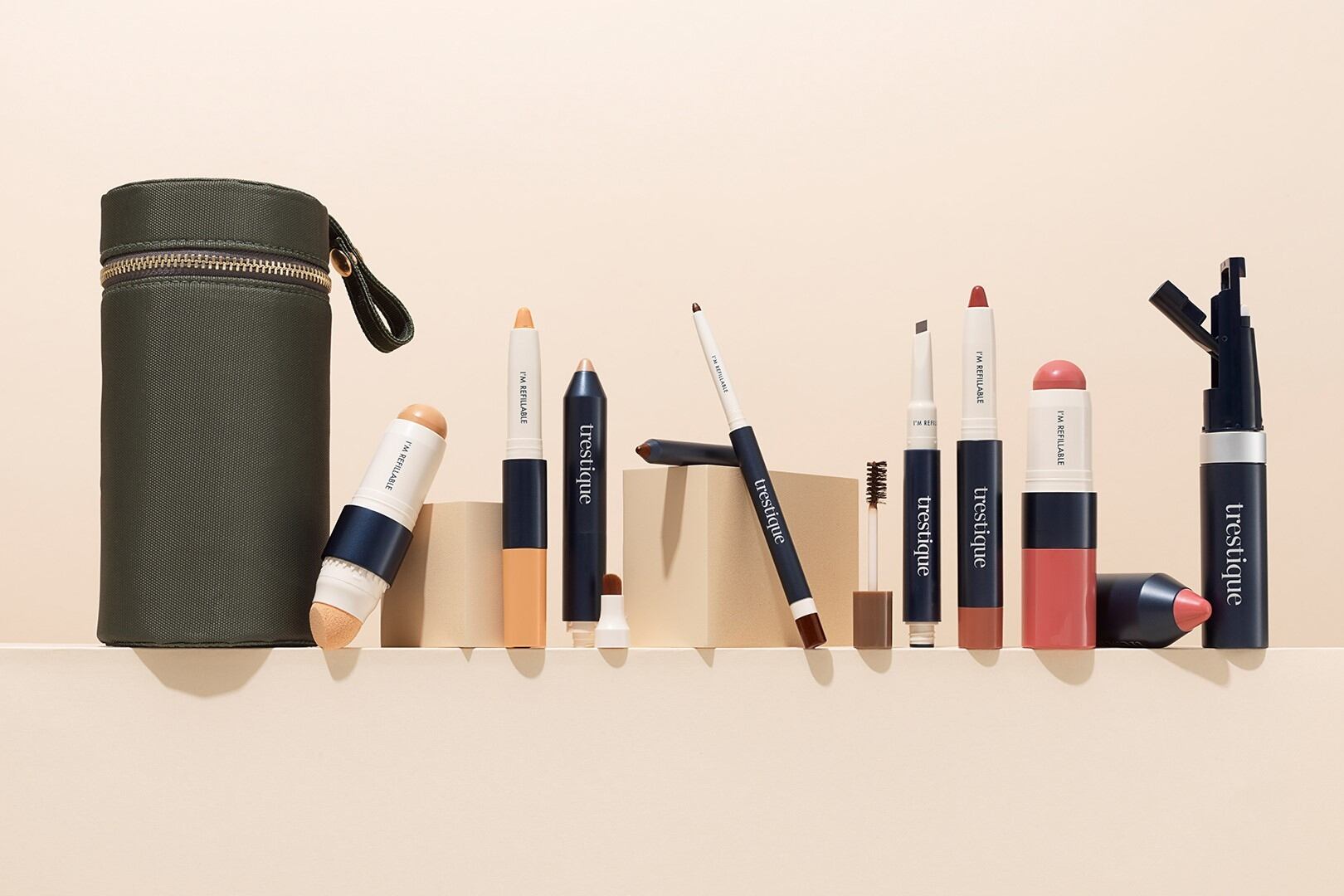
Customer loyalty in color cosmetics can be elusive, but a makeup brand built around crayons and sticks has converted to a refillable model to give consumers a reason to come back.
Color cosmetics brand Trestique, based out of New York City, started six years ago built on the concept of a full makeup routine of stick and crayon-format products. Co-founder and co-CEO Jack Bensason said the idea behind the brand was to create a simple, single-brand makeup routine.
While it is common in the skincare market for consumers to purchase a whole routine under a single brand umbrella, Bensason said consumers were significantly less likely to do the same thing with makeup because retailers and brands were more likely to advertise their newest or trendiest product.
“Unlike many other brands, we’re not built around one hero product,” Bensason said. “In makeup, the customer behavior is very different because … the brand never gave them a reason to buy all the products under one roof. Our hero product is basically the makeup routine.”

